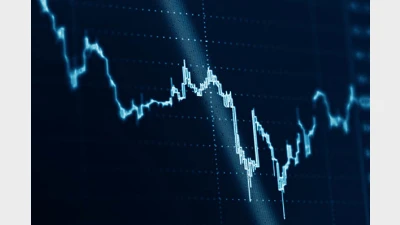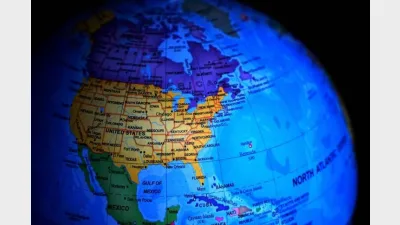Future Fund’s rate cuts wariness reaps returns



The Future Fund’s total assets under management expanded to a record $223.4 billion, with an investment return of 8.3 per cent adding $17.2 billion to the value of the fund for the financial year to date.
Over the quarter, the fund grew $11.5 billion and returned 5.4 per cent amid “favourable” conditions for risk assets, according to chief investment officer Ben Samild.
With growth and inflation stronger than had been expected, he explained the fund had increased its risk exposure to take advantage of the conditions over the past year.
“We continued to add to credit investments as the persistence of higher growth and rates makes for attractive risk-adjusted long-term returns from this sector,” he said.
The quarter also saw the Future Fund’s bolstered equity investments contribute to the “strong” result, after the fund raised allocations to Australian equities by 0.5 per cent to $22.5 million and global equities by 3 per cent to $60.5 million.
As at 31 March 2024, the Future Fund has 37.2 per cent allocated to listed equities.
Over the quarter, it also pulled back on its property exposure, down 0.7 per cent to $12.7 million, and decreased cash holdings to $15.2 million.
However, Samild explained the fund is conscious of potential market deterioration “marked by conflict, geostrategic competition and supply issues”, and is focusing on building a portfolio resilient to a range of scenarios.
Dr Raphael Arndt, chief executive of the Future Fund, also flagged the risk of geopolitical tensions, which remain elevated amid conflicts in the Middle East and Ukraine.
Additionally, he warned investors have not yet fully adjusted to a ‘higher for longer’ rates scenario against sticky inflation. Last week, the latest monthly CPI indicator from the Australian Bureau of Statistics revealed the Consumer Price Index (CPI) climbed 1 per cent over the quarter, up from 0.6 per cent in the December quarter, and defied forecasts of 0.8 per cent from economists.
This slowing rate of decline in the March quarter looked to set the stage for a “cautious” RBA meeting in May, according to economists.
“Both consumers and business have adjusted to higher inflation and interest rates. Markets have priced in this economic resilience and expectations of several rate cuts in Australia and the US before year end,” Ardnt observed.
“But as we have been saying for some time, inflation remains sticky and while it remains above central bank targets the risk is that rates will be held higher for longer.”
According to the CEO, while markets have begun to price in this risk, “investors have not yet fully adjusted to this view.”
“In addition, geopolitical risk is elevated by conflicts in the Middle East and Ukraine and is expected to remain so for some time. Any increase in conflicts risks adding further to inflationary pressures,” he said.
In January, outgoing Future Fund chair Peter Costello flagged there was still “a way to go” despite markets having rebounded on the expectation of monetary easing.
“Inflation is still well above the government and Reserve Bank of Australia target. Strong labour markets, wage pressures and high energy prices are still feeding into price pressures,” he observed.
“Although inflation has fallen from its peak, it is still well outside the target range of 2–3 per cent and won’t be tamed until it is back within the target band. While markets rebounded on an expectation that rates could be lower this year, there is still a way to go.”
Recommended for you
As market volatility persists, some super funds are pivoting defensively, while others are strategically positioning to capitalise on emerging opportunities.
New data has shown a progressive deterioration in risk appetite among instos even prior to Donald Trump’s latest round of tariffs.
UniSuper has reached “peak investment” in US assets and is now preparing to reassess its exposures amid ongoing sharemarket volatility.
Investors have slashed their US equity allocations to the lowest level on record, according to new data from Bank of America.













